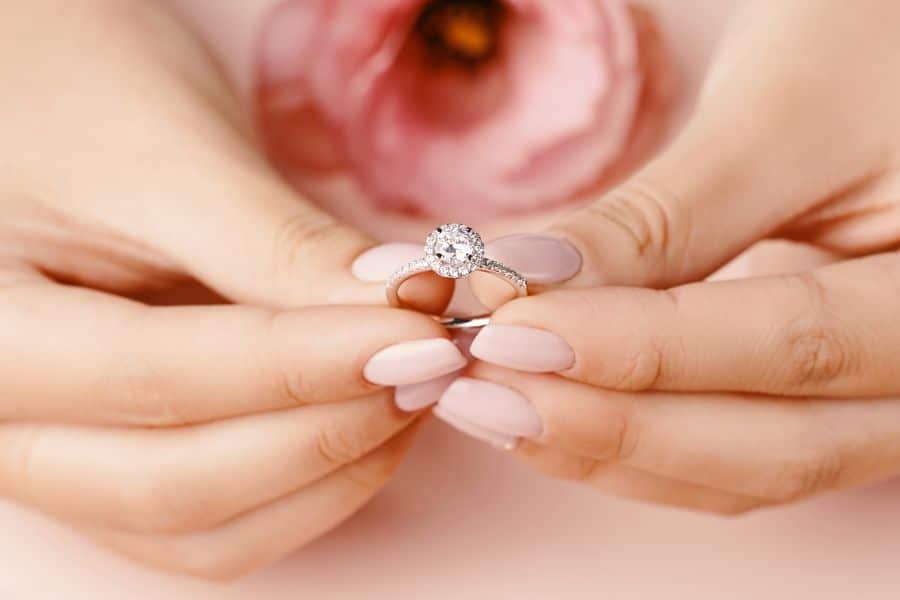
Most of us, regardless of if we are male or female, love rings and appreciate wearing them. However, buying a wedding ring can be quite challenging as your partner’s tastes may be unique, or we may not know what would suit them. They are fantastic for symbolizing eternal love, but you want to be sure that the ring you choose is just right.
We will start by giving you a brief introduction to the anatomy of the ring so you know precisely what we are referring to, then move on to the types of band, settings, and finally, the different kinds of metal you can use.
Anatomy
All rings comprise similar component parts. Every ring will have a shank, commonly referred to as the band. However, some rings will have some other features, and just a few of these are detailed below:
- Setting
The setting which can sometimes be referred to as the head is where the main stone will be situated. There are many different setting styles; some are designed to allow maximum light to enter the stone, while others focus more on protection.
- Gallery
The gallery is located under the setting and is visible from the side. In some rings, the gallery can be barely visible; on others, it is a prominent feature and can sometimes house another stone.
- Shoulders or Accent
The shoulders, also known as the accent, are the sloping sides from the shank to the setting. On some rings, they will remain plain, but often they are adorned with a series of small gemstones.
- Prong
Prongs are a series of tiny metal claws rising from the setting, which will hold the stone in place. Typically, there will be four to six prongs, allowing a large amount of light to pass through the stone displaying a gem, such as a diamond’s famous sparkle.
Continue reading A Complete Guide to Wedding Bands and Engagement Rings






![Crafting The Picture-Perfect Table: Coordinating Serveware With Wedding Décor [2025]](https://i0.wp.com/www.bestforbride.com/bridal-shop/wp-content/uploads/2023/12/Crafting-The-Picture-Perfect-Table-Coordinating-Serveware-With-Wedding-De%CC%81cor.jpg?ssl=1)




